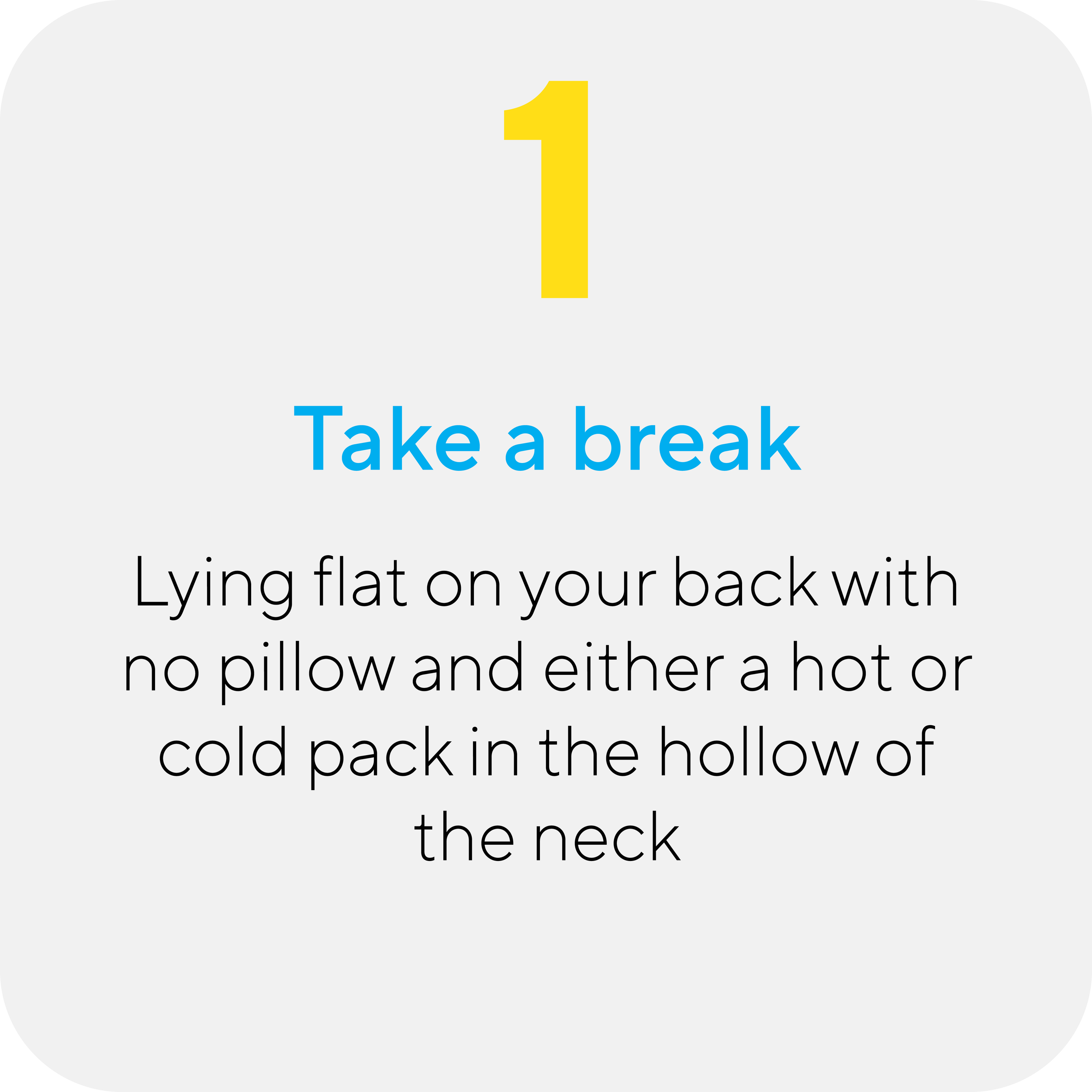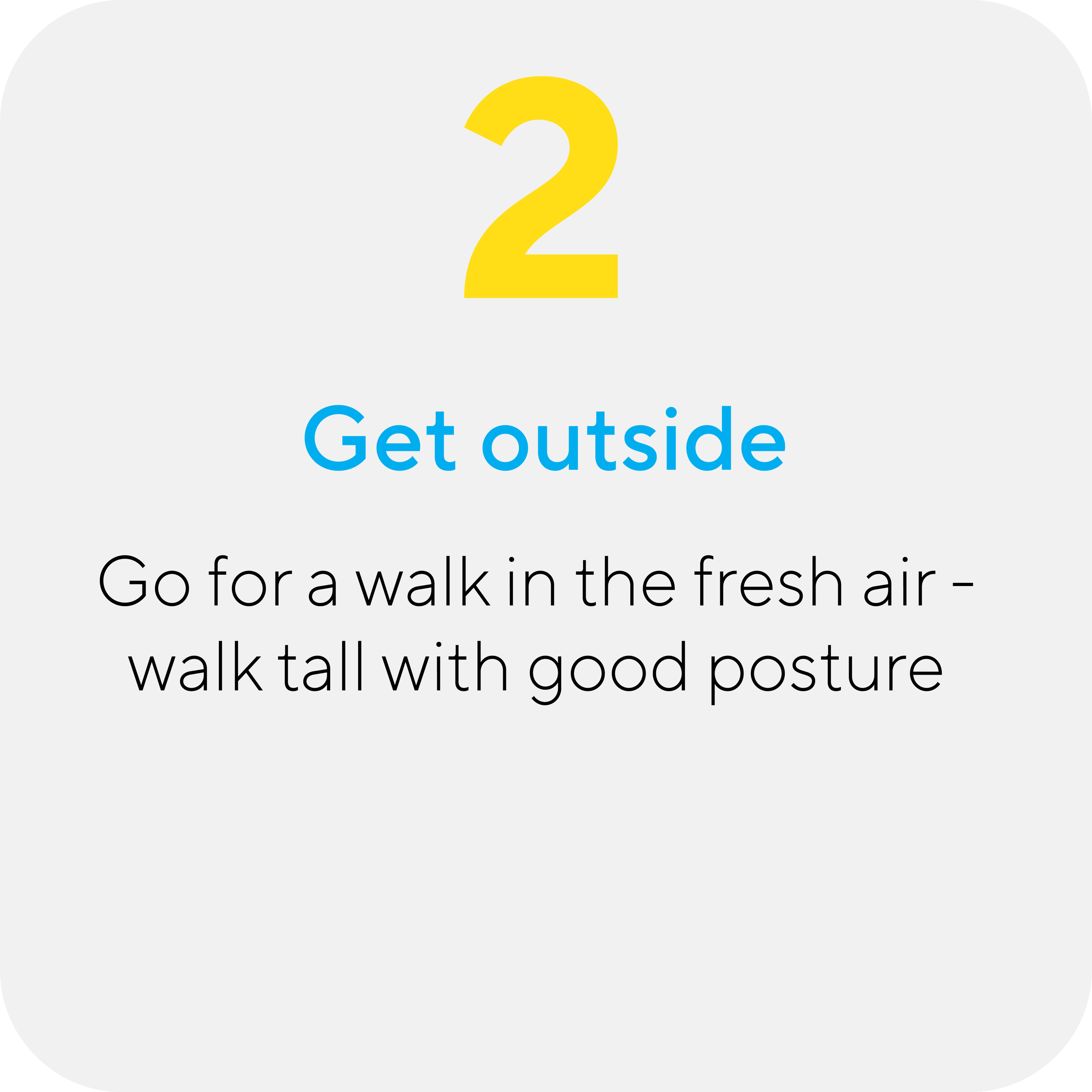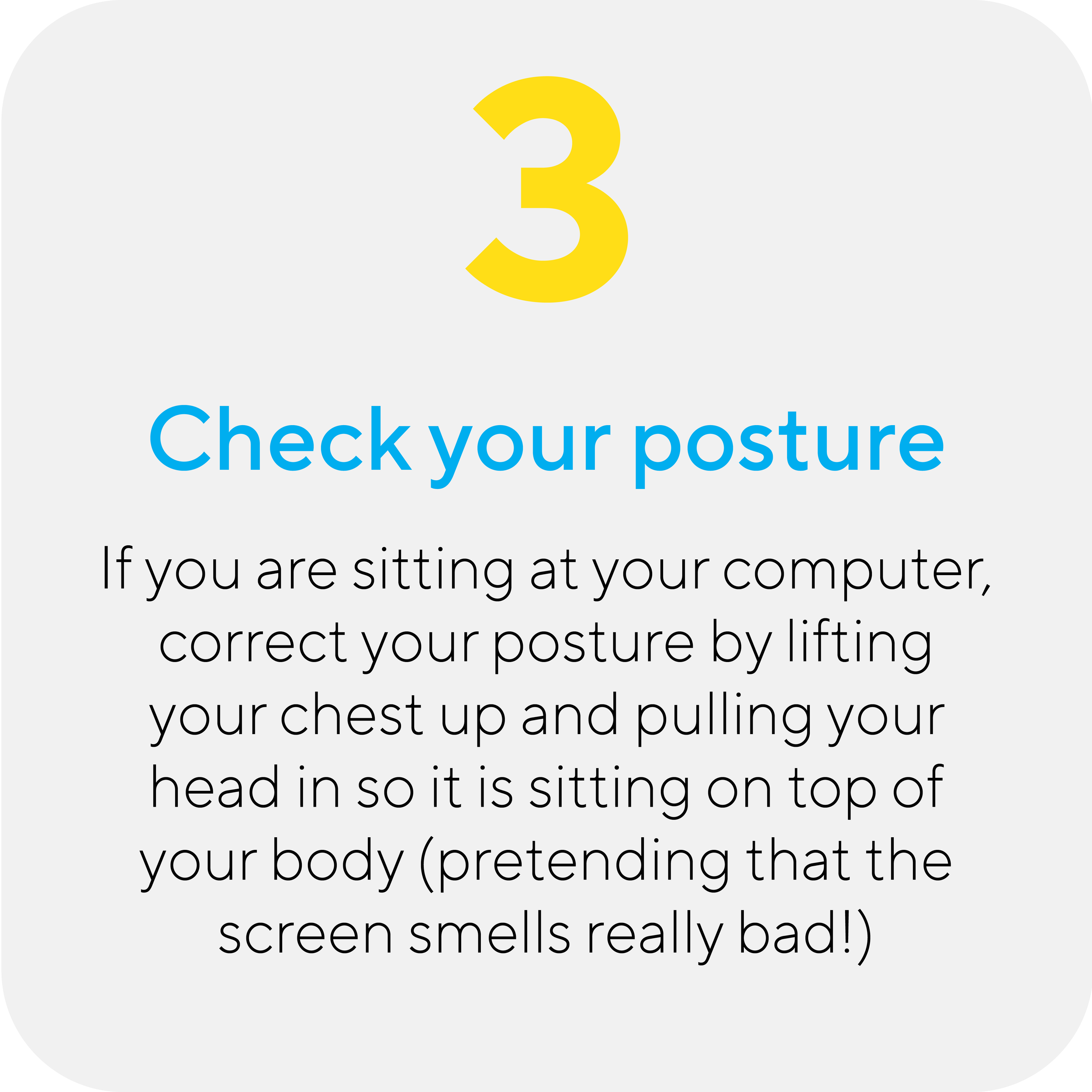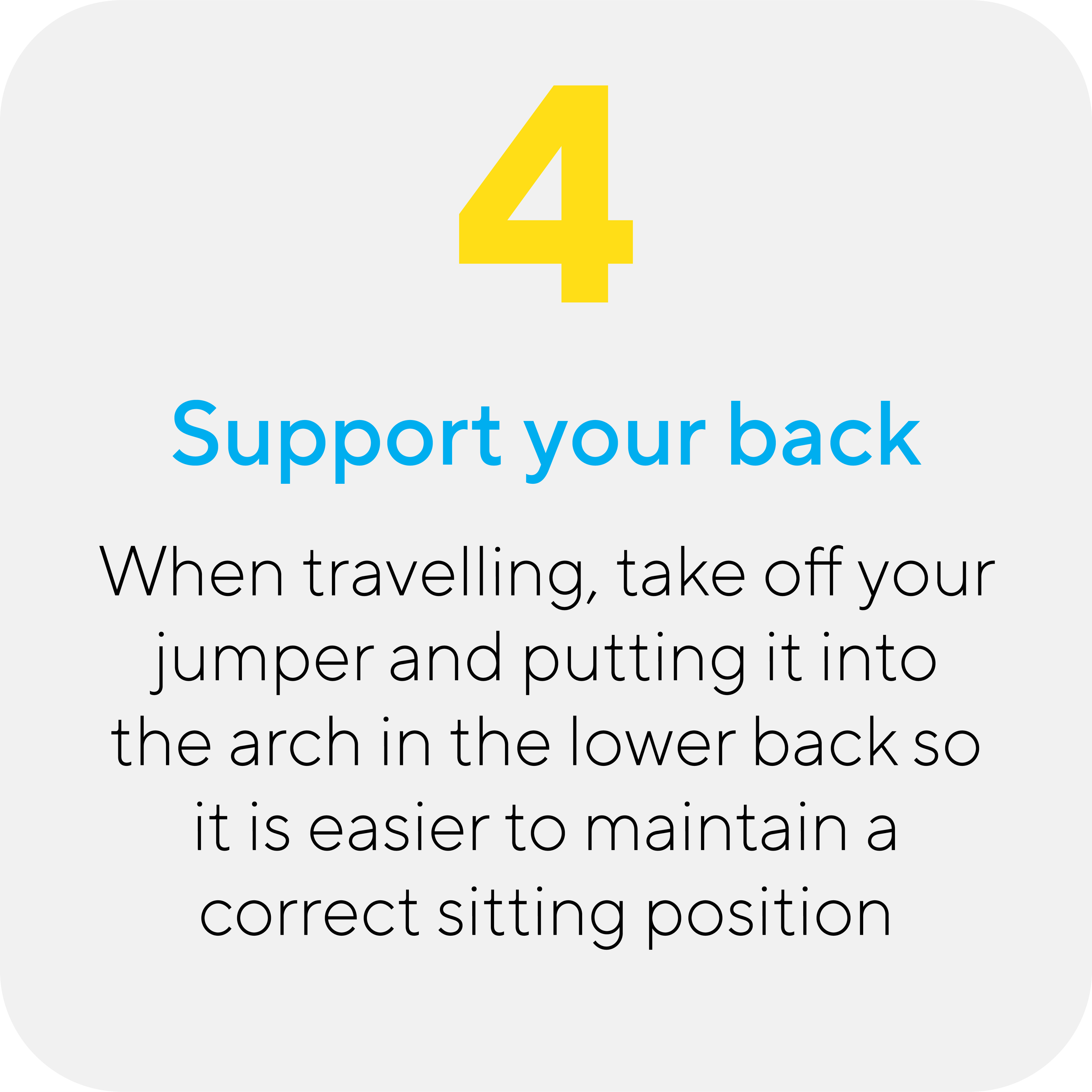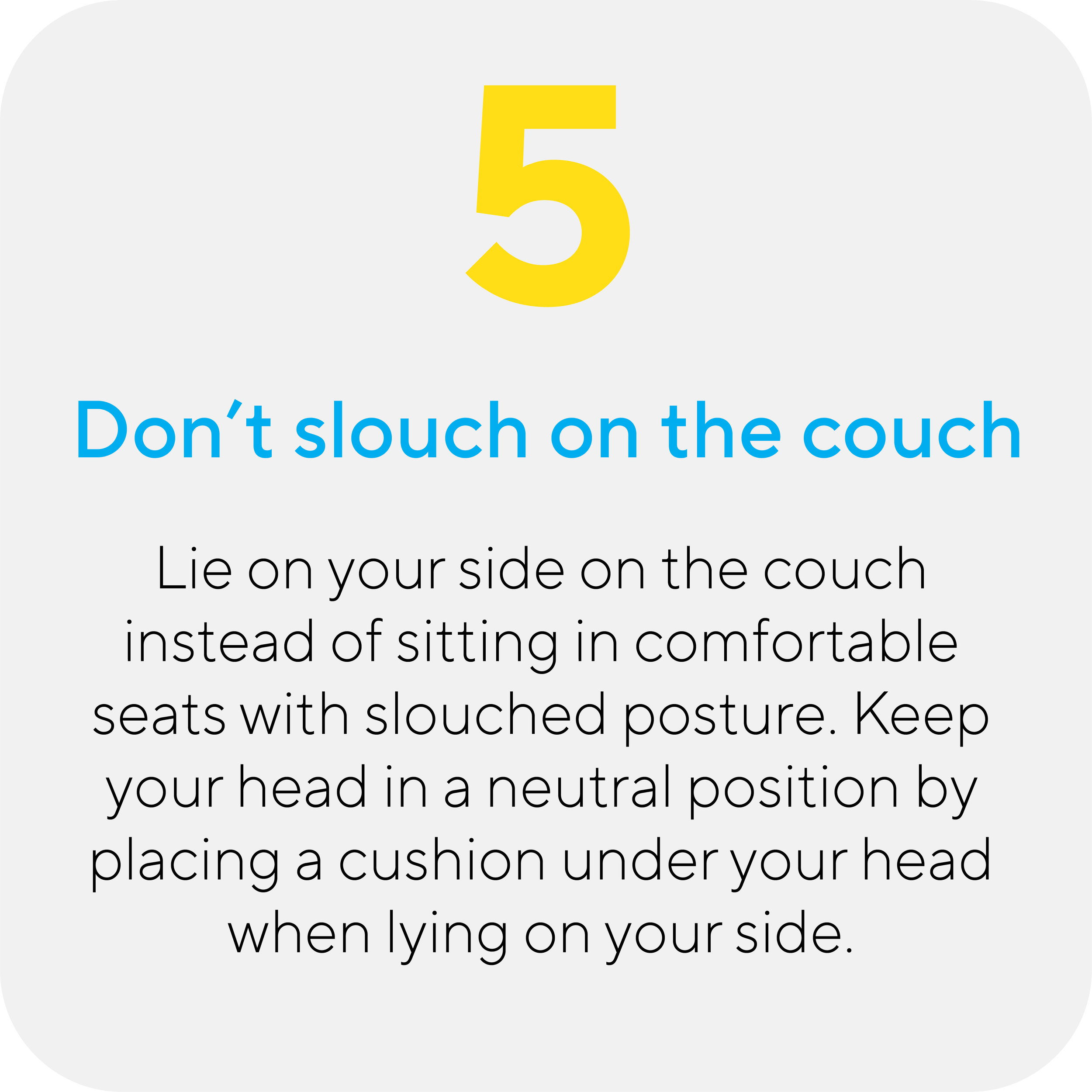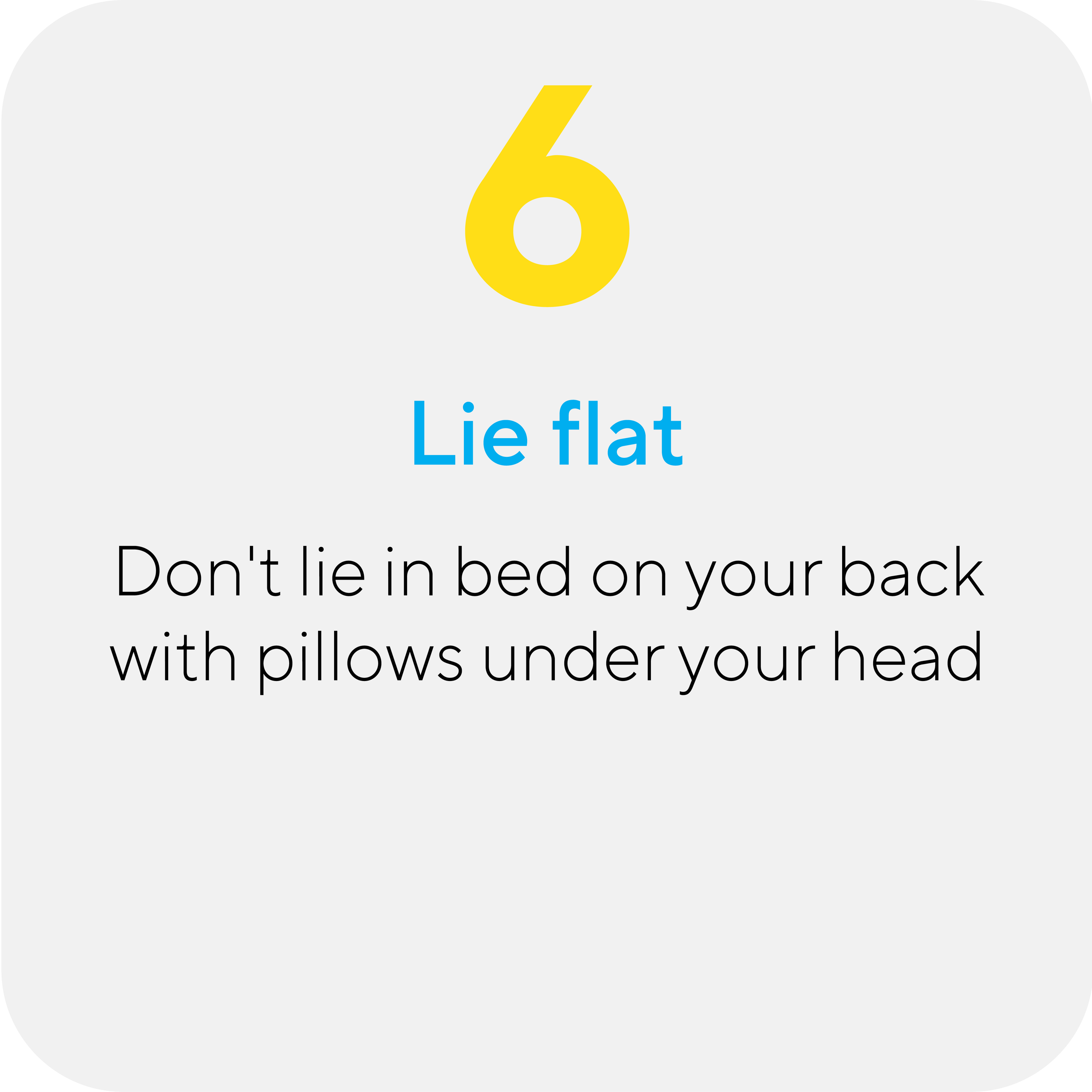
Tips & Tricks
Types of Headaches
-
Abdominal Migraine
This sub-type of migraine is commonly seen in children. Common symptoms include abdominal pain, nausea, vomiting, and loss of appetite.
-
Cluster Headache
Cluster headaches are short but often painful headaches that some people suffer from for days, weeks, or months at a time. They are considered one of the most painful types of headaches.
-
Cyclic Vomiting Syndrome
This disorder causes tiredness, nausea, and vomiting, and is often diagnosed in young children. Episodes of cyclic vomiting syndrome can last from an hour to several days.
-
Menstrual Migraine
These types of headaches are similar to regular migraine, which may or may not have an aura. They can also involve nausea, vomiting, and light sensitivity.
-
Migraines
Migraine with auras cause you to experience visual disurbances alongside standard migraine symptoms. Migraines without aura, however, tend to consist of standard migraine symptoms, such as nausea, intense head pain, vomiting, and light or sound sensitivity.
-
Occipital Neuralgia
Occpitital neuralgia is characterised by pain in the neck that spreads upwards in a piercing, throbbing fashion. It typically appears on one side of the head, in the upper neck, behind the ears, and back of the head.
-
Concussion
Persistent concussion symptoms is a mild traumatic brain injury. This complex disorder can result in symptoms such as headaches and dizziness for weeks or months after a blow to the head.
-
Tension Headache
Tension headaches are the most common type of headache, causing mild, moderate, or intense pain in your neck, head, and behind your eyes.
-
Vestibular Migraine
Vestibular migraine, or migraine-associated vertigo, causes dizziness in those who have a history of migraine symptoms. You may not always have a headache with this condition.
The Cause of Headaches and Migraines
Busting the myth
Many people believe headaches come from “tight muscles in the head.” In fact, this idea was disproven back in 1977. Studies show that scalp muscles don’t tighten during a tension headache. What does change, however, is the tension in the muscles at the top of the neck.
What makes the brainstem sensitive?
Research shows there are four possible reasons the lower brainstem becomes sensitised — the key issue in headaches and migraines:
Low serotonin levels – although there’s no test to confirm this.
Abnormal signals from inside the head – such as tumours, infections, or aneurysms. These are usually ruled out by MRI or CT scans.
Reduced pain-control systems – normally, your body can dampen pain when another pain is present (like when hitting your thumb makes you forget your headache briefly). Sometimes, this system doesn’t work as well.
Problems in the neck – disorders in the upper cervical spine can send constant “pain signals” to the brainstem.
Because scans of the brain often come back clear, the neck is a strong suspect.
How can the neck trigger headaches?
Dysfunction in the top three vertebrae of the neck sends a steady flow of pain signals into the brainstem.
These signals make the brainstem more sensitive over time.
Once sensitised, the brainstem overreacts to everyday triggers like stress, tiredness, dehydration, chocolate, cheese, wine, or hormonal changes.
Instead of managing these triggers normally, the brainstem sets off a headache or migraine.
So, what’s really causing it?
After decades of research, one common factor has been found in all headache and migraine patients: a sensitised Trigemino-Cervical Nucleus (TCN) — also called the lower brainstem.
Ready to turn knowledge into relief?
Now that you know what’s behind your headaches and migraines, it’s time to take the next step. Don’t wait for the next one to strike.
Book a free 15-minute phone consultation with us. Let’s chat about your history, your symptoms, and whether our approach might be a good fit for you.
Or call 0800 HEADACHE (0800 432 322)

